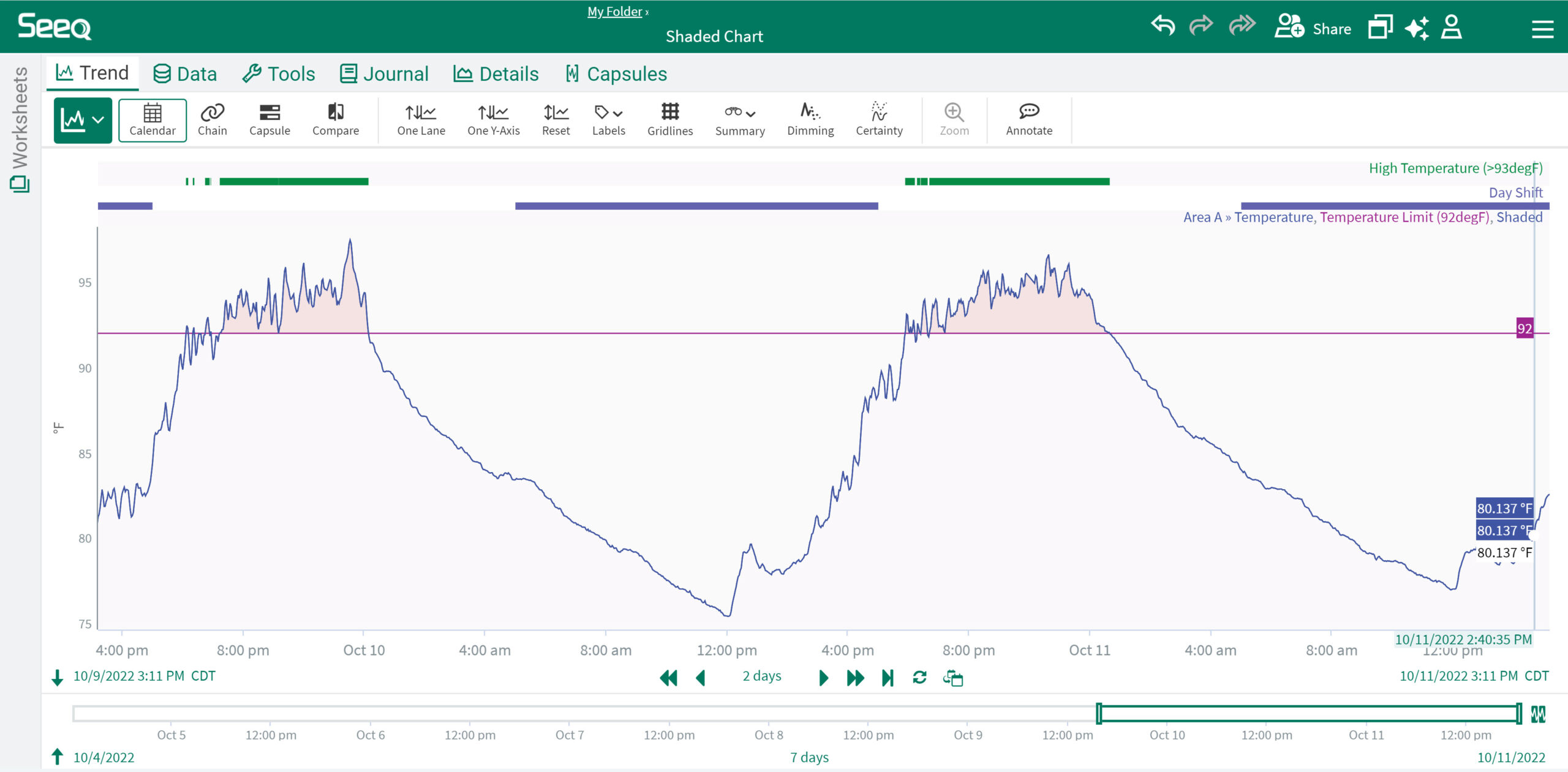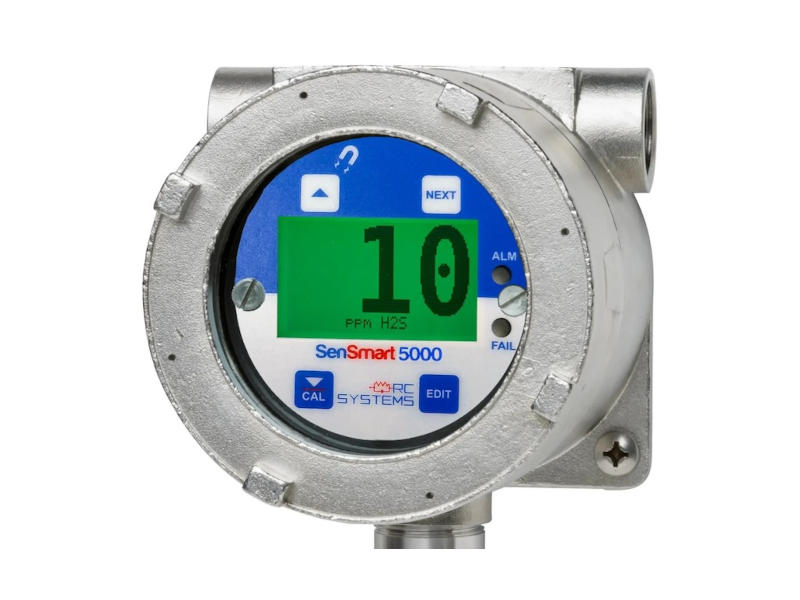In practice, it’s easier to ‘build’ a world class MRO process from one that is mature and functioning, rather than from scratch.

In practice, it’s easier to ‘build’ a world class MRO process from one that is mature and functioning, rather than from scratch. Consider your process that has been inefficiently working for years; delivery both poor service and great inconvenience. This is truly a more enviable position than starting with an empty warehouse.
Why? Think of all the great examples you already have of “how not to do something”. Thomas Edison so cleverly stated that he didn’t have thousands of failed experiments when creating a light bulb; he just learned 10,000 ways not to do it.
We’ll save you 9,991 attempts by giving you a 9 step outline to use in building a world class MRO process. It’s like flipping a switch; after all, what could be easier?
Step 1: Conduct a parts needs analysis
How do parts end up in the storeroom? That’s a rhetorical question; the most likely scenario is “we really don’t know”. Technically, when the equipment was first commissioned, the OEM should have provided a suggested spare parts list. From that initial offering, and after years of use, the maintenance/engineering departments add to (and theoretically subtract from) the MRO materials stocked for that specific machine. After a long disconnected relationship between the storeroom and maintenance, we end up with having lots of parts, but never the right part.
All MRO material in the storeroom should be in active support of current plant equipment. If the spare components do not meet this threshold, remove them. Establish a priority of equipment to consider for and MRO review. Determine what you have in stock, in support of that equipment, review previous work order history and interview the skilled trades and get a sense of what should be stocked and in what quantity.
Use a methodology like an ABC classification to break down your MRO material in terms of its criticality. Also, create the critical spare parts formula to carefully consider and stock these most valuable items.
And, most importantly, make sure your MRO material on hand is in perfect alignment with your maintenance strategy. This is the oft forgotten step.
Step 2: Setup/Layout
Nothing sets the tone for service and convenience like the layout of the area itself. Another ABC type of classification could be applied to establish a logical layout. A very effective layout might include an open stock area, one that might have been referred to as ‘free stock’ in the past. Behind the counter, MRO items are stocked so that the ‘A’ category items are closest to the window. Items considered to be ‘A’ items follow that classic Pareto-80/20 rule. ‘A’ items are those items that make up 80% of the issues. Further from the window are ‘B’ then ‘C’ items. Large, bulk items are further back still, and then critical spare parts.
Step 3: Staffing
Company attempts and insistence on keeping overhead low has really affected MRO staffing levels. This can negatively affect both service levels and security/control of stock as well. At a minimum, store room staffing should be consistent with plant operations; 24×7 or 8×5. Also, consider all the functions of store room personnel: receiving, reconciling, kitting, issuing, etc. There is a limit to line-items per store room clerk.
Step 4: Control
If it is impossible to staff the storeroom 24/7, access has got to be limited and controlled. There is no gray area in this mandate. All receipts and issues are entered into the CMMS, and all items issued from stores are assigned to a work order; again, no gray area.
The ‘control’ aspect of a world class storeroom also includes low-level authority to handle inventory adjustments with slow moving, idle, or obsolete parts.
Step 5: Managing the process
At some point, in fact, a requirement to be truly world class, all the processes performed in the storeroom have to be reduced to processes IN WRITING. How can we possibly expect to have our procedures followed if they aren’t written down? Write down the process, train people to the process. Modify the process as necessary.
A common prescription for most companies is to charter and launch as Stores Stock Committee. This high level oversight committed guides and supports the tactical work performed by those in the storeroom.
Step 6: Service
Window issues should be prompt and efficient. The written process steps indicating the correct method to use should clearly identify how the service is prompt and efficient. Keep it simple; the idea is to develop process steps that are easy to repeat. Practice doesn’t make perfect as much as practice makes permanent.
Storeroom kitting for enhanced planning and scheduling are processes within the storeroom sphere of responsibility that have to be considered when developing a service definition.
Step 7: Procedures
The list of procedures is far too long to list in a blog. Suffice to say, the list is divided into tactical and strategic. The strategic concerns are big, fiscally critical ‘decisions’ such as reorder point and economic order quantities. Parts standardization and critical spares evaluations are other high level strategic considerations.
The tactical sphere provides attention to the more dynamic and personal aspects of an MRO operation: cycle counting, receiving, purchasing, etc.
Step 8: Options
Some world class storerooms also participate in classic storeroom activities; they just do them at a very high level of performance. These include tool management, managing a project spare parts laydown area, and chemical/flammable storage.
Step 9: Supplier Involvement
A high performing storeroom and MRO operation tends to be very effective at establishing strategic sourcing relationships. The true world class processes can handle expanded open stock offerings, vendor managed inventory, and conduct supplier performance audits.
John L. Ross is a senior consultant at The Marshall Institute.



